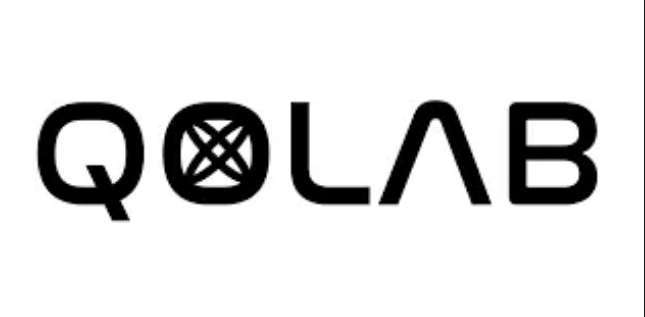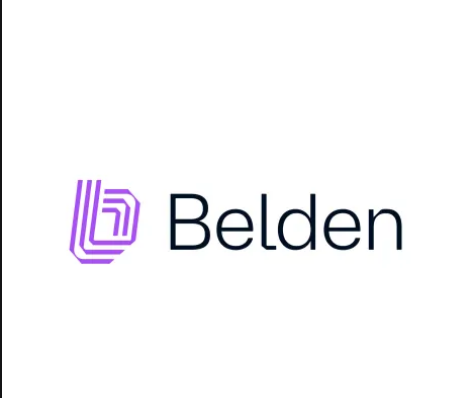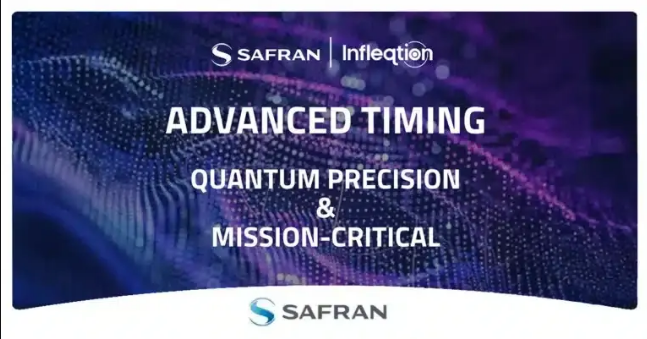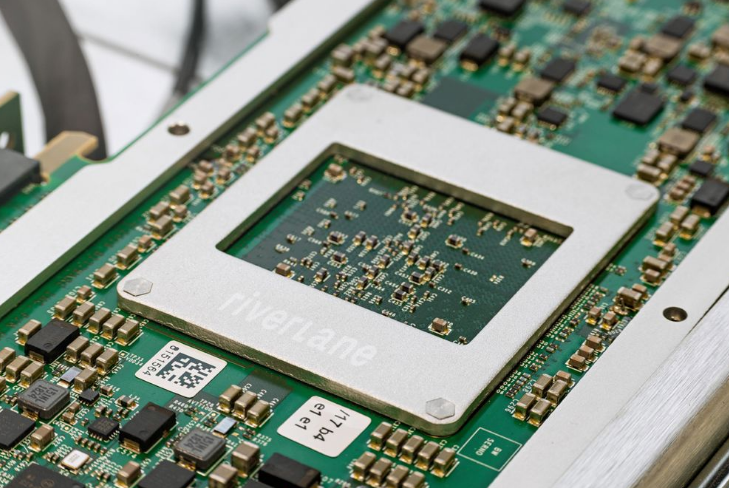Insider Brief
- Quantinuum demonstrated 50 entangled logical qubits with fidelities exceeding 98%, setting a new industry benchmark for scalable quantum systems.
- The company also reported on advances in quantum error correction at Q2B, including single-shot techniques, improve fault tolerance and accelerate computational operations.
- With its QCCD architecture, Quantinuum combines all-to-all connectivity and high-fidelity operations to drive progress toward fault-tolerant quantum computing.
Quantinuum reported during a presentation at the Q2B conference — and now posted online — that its scientist demonstrated 50 entangled logical qubits with fidelities exceeding 98%. The company also offered a look at its advances in quantum error correction (QEC) during the presentation, including single-shot error correction, which accelerates operations while improving fault tolerance.
Together, this work offers a look at how the company is rapidly progressing toward building scalable quantum systems.
A Total Team Effort
Entanglement, where qubits share probabilistic quantum states regardless of their physical separation, is foundational to quantum computing. Achieving large-scale entanglement with high fidelity is essential for advanced quantum algorithms, robust error correction and scalable architectures. Quantinuum’s demonstration of 50 entangled logical qubits sets a new benchmark for the industry, as well as evidence of the potential of its H2 quantum system, according to the presentation by David Hayes, the company’s director of computational theory and design.

The fidelity of the entangled states, recorded between 98.09% and 99.06%, is of particular note at this scale for logical qubits. Logical qubits correct errors at the physical layer, enabling more reliable operations in larger systems. One way to look at the error-correcting ability of logical qubits at the physical layer is to envision them as a team of physical qubits working together to safeguard quantum information. At the individual level, physical qubits are delicate and prone to errors caused by noise or instability in the system. A logical qubit combines several physical qubits in a way that spreads out the quantum information, so if one or more physical qubits experience an error, the overall logical qubit can detect and correct it. This “team effort” ensures the computation stays on track, even in the presence of unavoidable errors.
Achieving such precision required overcoming challenges like increased circuit depth and state-preparation penalties. While physical qubits experienced lower fidelity, around 75%, due to system imperfections, the results validate the scalability of high-fidelity logical qubit systems.
Quantum Charge-Coupled Device (QCCD)
Quantinuum also reviewed its Quantum Charge-Coupled Device (QCCD) architecture during the presentation. QCCD — dubbed a QEC testbed/wind tunnel — is a platform that is specifically designed for high-fidelity quantum operations and is key to the company’s scientific success in the above achievements.
The QCCD architecture enables the implementation of any quantum error correction code, making it a versatile tool for testing and scaling logical qubits. In addition to entanglement achievements, the system demonstrated system-level logical benchmarking with techniques like Quantum Fourier Transforms (QFT) and logical teleportation, according to the presentation. These benchmarks ensure computations maintain their integrity as the system scales, laying a foundation for further innovations.
The H2 system features all-to-all qubit connectivity, mid-circuit measurement and feed-forward capabilities. To break this down:
- All-to-all qubit connectivity means every qubit in the system can directly interact with any other qubit, which reduces the need for intermediate steps that could make computations inefficient.
- Mid-circuit measurement is the ability to measure the state of a qubit during a computation without stopping or disrupting the entire process.
- Feed-forward capabilities allows the system to use the results of mid-circuit measurements in real time to adjust the ongoing computation dynamically.
These attributes provide the precision and flexibility needed for large-scale fault-tolerant quantum computing.
Advances in Quantum Error Correction and Single-Shot Methods
High-fidelity entangled qubits are critical for quantum error correction (QEC), which addresses noise and other disruptions inherent in quantum systems. The presentation suggests that Quantinuum’s progress with QEC builds on its Simple Logical Representation (SLR) programming language, which simplifies the integration of advanced error correction codes. These codes allow logical circuits to function reliably even in large-scale quantum systems.
Quantinuum has also made strides in single-shot error correction, a method that streamlines the traditionally iterative process of error correction by resolving errors in a single step, bridging the gap between error mitigation — where errors are minimized post-computation — and error correction, which actively detects and fixes errors during operations. This approach was applied during transversal lattice surgery, a fault-tolerant process for linking logical qubits within a quantum lattice. By combining the robustness of transversal lattice surgery with the efficiency of single-shot error correction, Quantinuum achieved a tenfold speed increase and reached break-even performance, where the computational gains fully balanced the overhead required for error correction.
Single-shot error correction is particularly impactful for reducing the complexity of fault-tolerant computations, making them faster and more scalable. This advancement is a key enabler for practical quantum computing, bringing it closer to real-world applications.
Why This Matters
Focusing again on the creation of 50 entangled logical qubits, this is more than a technical milestone. The presentation indicates it represents a turning point for the practical use of quantum computing. Many advanced algorithms, such as those used for molecular simulations or supply chain optimization, require large-scale entanglement to function effectively. High fidelity ensures these algorithms perform as intended, minimizing computational errors that could otherwise compromise results.
This level of entanglement and precision would also be crucial for quantum networking and secure communications. Entangled states are the backbone of quantum key distribution and other encryption methods, making Quantinuum’s progress relevant to fields beyond computation, such as cybersecurity and telecommunications.
Overcoming Scaling Challenges
Quantinuum expects challenges ahead. Scaling beyond 50 logical qubits will require more improvements in hardware and software. For example, increasing the fidelity of physical qubits is critical for maintaining the high standards achieved at the logical level. Optimizing circuit depth will also be necessary to prevent bottlenecks as systems grow larger and more complex.
The QCCD architecture could play a central role in overcoming these challenges. By refining the architecture and further advancing error correction techniques, Quantinuum could push the limits of what is possible in quantum computing even farther.
Implications for Research and Industry
The presentation also reveals Quantinuum’s achievements have the potential accelerate the adoption of quantum technologies across research and commercial sectors. High-fidelity entangled qubits and advanced error correction pave the way for breakthroughs in fields requiring computational precision, including pharmaceuticals, finance, and artificial intelligence.
Quantinuum is not an island, it is forming important collaborations across the quantum industry, throughout industries that might benefit from quantum and into academia. Partnerships with institutions like Microsoft and the University of Colorado Boulder have been instrumental in advancing error correction codes, such as the [[16,4,4]] and [[25,4,3]] codes. These collaborations ensure that Quantinuum’s progress benefits the broader quantum community.
Path Toward Scaling Quantum Systems — Next Steps
Quantinuum’s roadmap includes targets for further enhancements to qubit connectivity, error correction codes and software-hardware integration, according to the presentation. The company is also developing a comprehensive workflow environment to bridge the gap between quantum researchers and application developers, enabling more seamless deployment of quantum solutions.
It’s a vision that also aligns with industry trends of integrating quantum and classical systems.


















